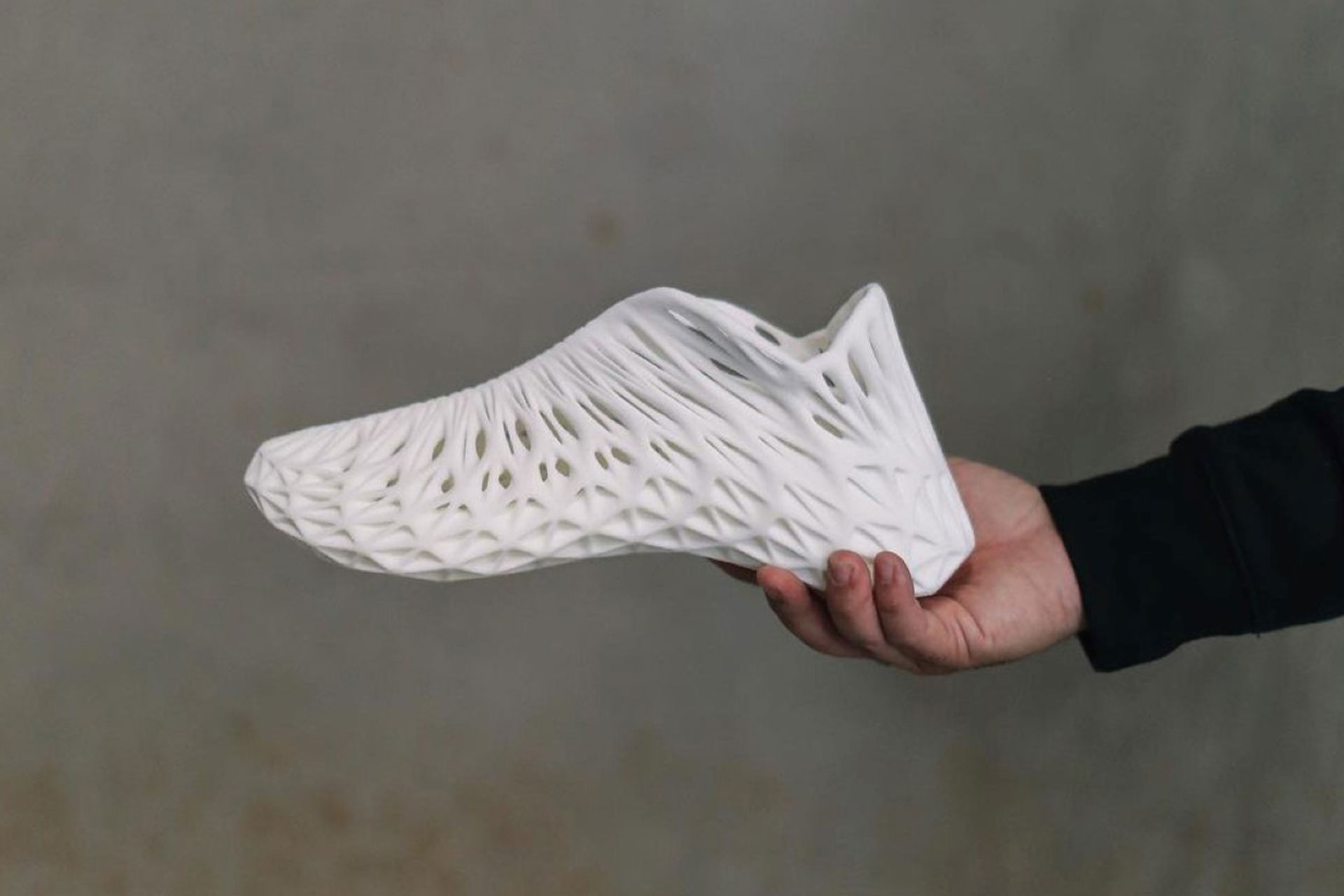From Fashion to Function: 3D Printing in the Footwear Industry

With the remarkable benefits of 3D printing, it’s no surprise that this technology and innovation has become a great game-changer in various industries, including the footwear industry. The integration of 3D printing technology has revolutionized the way shoes are designed and manufactured and opened up new avenues for customization, sustainability, and enhanced performance.
1. Revolutionizing Design and Customization
Traditional footwear design and production processes often come with limitations in terms of design complexity and customization. But with the help of 3D printing, these constraints have been shattered. Now, designers can unleash their creativity and produce intricate, geometrical designs that were once deemed impractical. This is because the layer-by-layer nature of 3D printing allows for the realization of even the most intricate design elements.
Additionally, 3D printing has empowered consumers to have a more personalized experience. With the ability to customize shoe designs based on individual preferences, sizes, and fit, manufacturers can cater to diverse needs. Customers can now order footwear that perfectly fits their unique foot shape, enhancing comfort and satisfaction.
2. Sustainability in Manufacturing
Shoes will always be a necessity. However, with a billion pairs of shoes getting thrown each year, it creates some environmental impact. This negative impact is associated with the wasteful nature of the conventional manufacturing process and the use of non-recyclable materials.
Traditional manufacturing methods typically involve cutting patterns from large sheets of material, leading to material wastage, while 3D printing builds objects layer by layer, using only the necessary amount of material, which significantly reduces waste, making it a more sustainable alternative.
3D printing also allows for the utilization of recycled materials, contributing to the circular economy. Manufacturers can repurpose old shoes or other plastic products to create new footwear, minimizing the demand for virgin materials. This eco-friendly approach aligns with the growing consumer demand for environmentally conscious products.
3. Enhanced Performance and Functionality
When it comes to athletic and performance footwear, 3D printing has brought about a paradigm shift in functionality. Traditionally, different components of a shoe, such as midsoles and outsoles, were manufactured separately and then assembled. With 3D printing, these components can be created as a single piece, reducing the need for assembly and potential weak points.
Utilizing 3D printing also facilitates the manufacturing of midsoles that are uniquely tailored to offer ideal support and cushioning according to a person’s walking pattern and the anatomical structure of their feet. 3D printing is known for its accuracy despite the intricacy of the design, so it is able to produce footwear with improved comfort and performance, catering to the needs of consumers and leading to the widespread popularity of 3D-printed shoes among both athletes and fitness enthusiasts.
While 3D printing has already made substantial strides in the footwear industry, its potential is far from exhausted. As technology continues to advance, we can expect even more sophisticated materials, faster production speeds, and increased affordability. This simply means that the benefits of 3D-printed footwear will become more accessible to a broader range of consumers.
Furthermore, the integration of 3D printing in the footwear industry has transformed the way we design, manufacture, and experience shoes. It has bridged the gap between fashion and function, allowing for intricate designs, sustainable practices, and enhanced performance. As 3D printing technology continues to evolve, the future of footwear looks both stylish and promising.
Looking for quality 3D printing in the Philippines? Contact us today to learn more about our products!


 3D Printing
3D Printing  CNC Lathe
CNC Lathe  Desktop Filament Making
Desktop Filament Making  3D Scanning
3D Scanning  CNC Milling
CNC Milling  Packaging & Labeling
Packaging & Labeling  Bandsaw Cutting
Bandsaw Cutting  CNC Router
CNC Router  Vacuum Forming
Vacuum Forming  CNC Industrial
CNC Industrial  CNC Surface Grinding
CNC Surface Grinding  Waterjet Cutter
Waterjet Cutter 















